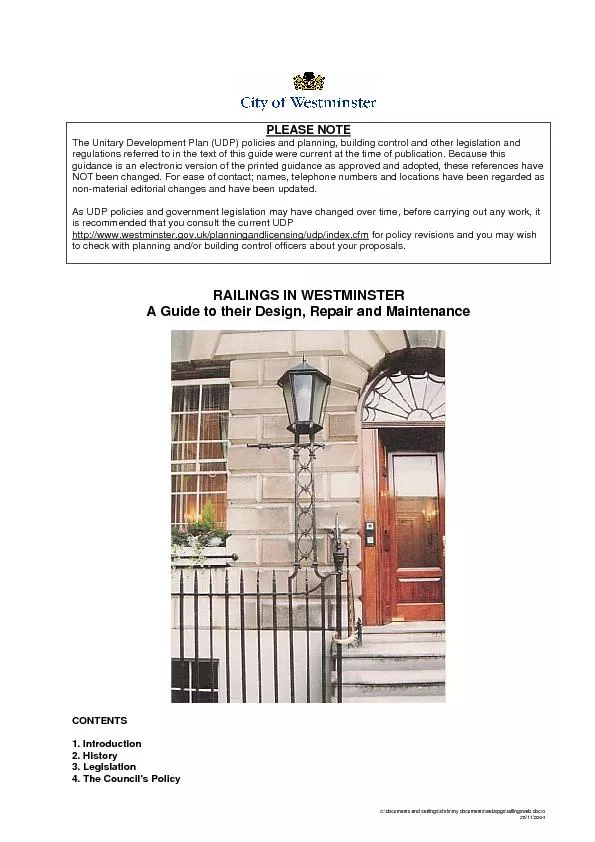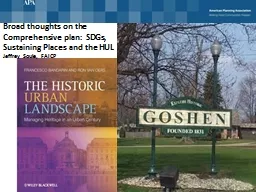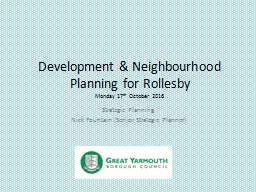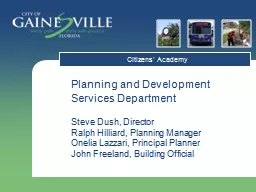PDF-The Unitary Development Plan (UDP) policies and planning, building con
Author : tatiana-dople | Published Date : 2016-07-18
PLEASE NOTE As UDP policies and government legislation may have changed over time before carrying out any work it is recommended that you consult the current UDP
Presentation Embed Code
Download Presentation
Download Presentation The PPT/PDF document "The Unitary Development Plan (UDP) polic..." is the property of its rightful owner. Permission is granted to download and print the materials on this website for personal, non-commercial use only, and to display it on your personal computer provided you do not modify the materials and that you retain all copyright notices contained in the materials. By downloading content from our website, you accept the terms of this agreement.
The Unitary Development Plan (UDP) policies and planning, building con: Transcript
Download Rules Of Document
"The Unitary Development Plan (UDP) policies and planning, building con"The content belongs to its owner. You may download and print it for personal use, without modification, and keep all copyright notices. By downloading, you agree to these terms.
Related Documents














